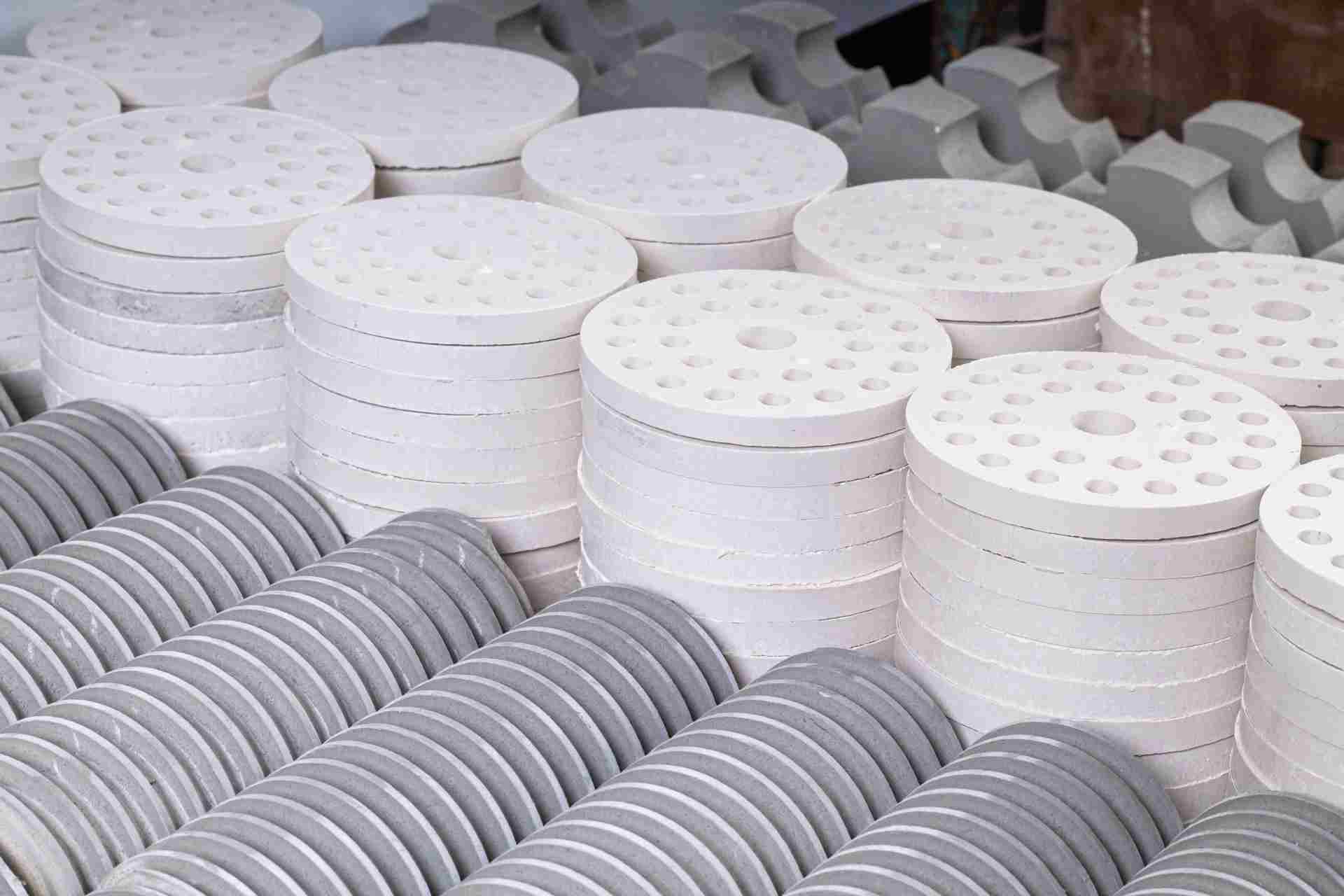Application of Ceramic Parts in the Automotive Industry
The integration of ceramic parts within the automotive industry signifies a major shift towards more resilient, efficient, and innovative vehicle designs. As manufacturers strive to meet the growing demands for higher performance and sustainability, the adoption of ceramics in automotive applications has emerged as a key trend. This exploration begins with understanding the evolving role of ceramics, known for revolutionizing aspects ranging from operational efficiency to enhanced durability, embodying the future of automotive innovation.
The Role of Ceramics in Automotive Innovation
Ceramic materials are distinguished by their exceptional properties, making them ideal for various automotive applications where performance and durability are paramount.
Heat Resistance: Unlike metals and polymers that degrade under extreme temperatures, ceramics excel in engine parts and exhaust systems due to their remarkable ability to withstand such heat.
Wear Resistance: Ceramic components offer superior resistance to wear and tear, making them ideal for brake systems and engine components that experience constant friction and mechanical stress.
Lightweight Design: The low density of ceramics translates to a lighter vehicle weight, ultimately improving both fuel efficiency and handling.
Exceptional Performance Under Extreme Conditions: Ceramics’ ability to perform under extreme conditions — such as high temperatures, corrosive environments, and intense mechanical stress — makes them indispensable in demanding automotive applications. Vehicles operating under such conditions, including racing cars and heavy-duty trucks, benefit significantly from ceramic parts’ durability and resistance to wear and corrosion.
Key Applications of Ceramic Parts in Modern Vehicles
Ceramics have found their way into several key automotive applications, showcasing their versatility and the performance benefits they bring. Here’s a compilation of the 10 most common applications of ceramics in the automotive industry:
- Brake Systems: Ceramic brake discs offer improved heat dissipation, leading to reduced brake fade and a more reliable braking performance.
- Engine Components: Using ceramics in engine parts, such as bearings and valves, lightens the engine and maintains performance at extreme temperatures.
- Heat Management: Ceramics are essential in heat shields and exhaust components for managing and distributing heat, thus protecting other vehicle parts from high temperatures.
- Electronic Components: The insulating properties of ceramics enhance the safety and efficiency of electronic components like sensors and actuators.
- Fuel Injection Systems: Ceramics in fuel injectors ensure precise fuel delivery under high-pressure and corrosive conditions, improving combustion and reducing emissions.
- Catalytic Converters: Ceramic substrates in catalytic converters aid in converting exhaust pollutants into less harmful gases through effective catalysis.
- Turbocharger Components: Ceramics in turbochargers, especially ceramic turbine wheels, endure higher temperatures, boosting engine efficiency and performance.
- Body and Chassis Components: Ceramic composite materials in body panels and structural parts reduce weight while maintaining strength, improving fuel economy and handling.
- Lighting and Optics: Automotive lighting systems, including LEDs and laser lights, use ceramics for their ability to withstand high temperatures and for optical advantages, enhancing visibility and safety.
- Sensor Technology: Advanced ceramic materials are used in various sensors throughout the vehicle, including oxygen sensors, pressure sensors, and temperature sensors, offering high accuracy, durability, and reliability under harsh conditions.
Each of these applications underscores the benefits of ceramics over traditional materials, highlighting their role in improving vehicle performance, safety, and longevity.
Ceramic Materials in Electric Vehicles
Electric vehicles (EVs) significantly benefit from the exceptional properties of ceramic materials, particularly in energy storage and thermal management. Ceramic components play a key role in both batteries and supercapacitors, enhancing their efficiency, safety, and overall performance. Within batteries, ceramics improve energy density and safety by enabling better thermal management and resistance to thermal runaway. Additionally, ceramic insulation systems in both batteries and supercapacitors help maintain optimal operating temperatures, which is critical for maximizing energy efficiency, component longevity, and overall vehicle performance.
Accelerating Innovation in Automotive Engineering with Smartech’s Ceramics
As the automotive industry continues to innovate, the integration of ceramic parts signifies a leap toward advanced vehicle design and functionality. Smartech’s partnership with Steinbach’s Technical Ceramics department has paved the way for groundbreaking custom 3D-printed ceramic components. Utilizing Lithography-based Ceramic Manufacturing (LCM), Smartech delivers unmatched precision and customization, producing lighter, heat-resistant parts tailored to meet specific engineering needs.
Embracing this evolution carries the promise of enhancing performance and igniting innovation, presenting engineers and designers with a rare chance to tap into advanced solutions that can redefine the benchmarks of automotive excellence.
The decision to integrate high-performance ceramic parts into automotive design need not be overshadowed by the specter of exorbitant costs and the complexities of ceramic processing. Smartech is your gateway to these advanced materials, offering a seamless transition from concept to reality without the need for investing in specialized equipment or training. Our expertise becomes your asset, ensuring you have access to top-tier ceramic components that meet your specifications, budget, and timeline.
Step into the future of automotive design with Smartech’s expertise. To see how our custom 3D-printed ceramic components can turbocharge your design ambitions, give us a call for a consultation and quote for your next project.

Looking for More Information?
Check out our Resources or Contact Us
